The Role of Open World Games in Developing Virtual Ecosystems
24 December 2024
Have you ever found yourself completely immersed in an open world game, wandering aimlessly through lush forests, bustling cities, or vast deserts, marveling at how alive the game feels? If your answer is yes, you’re not alone. Open world games have redefined what it means to experience virtual worlds. They’re more than just playgrounds for players to roam — they’re intricate virtual ecosystems brimming with life and complexity.
But have you ever wondered how these games manage to create such believable worlds? Or how they’re influencing the way virtual ecosystems are developed and understood? Let’s buckle up and dive deep into the fascinating connection between open world gaming and the creation of thriving virtual ecosystems.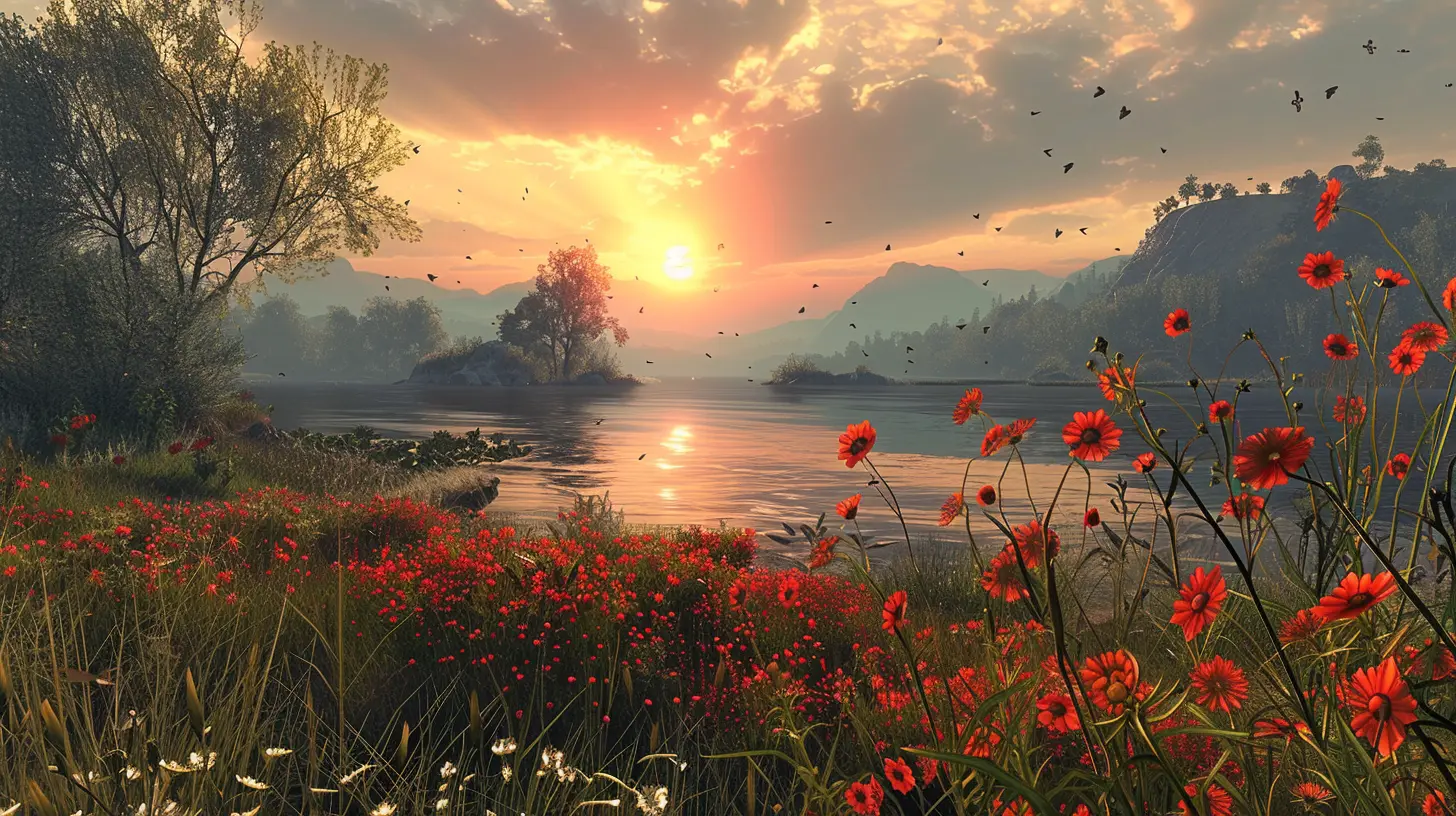
What Exactly Is an Open World Game?
Before we get into the nitty-gritty, let’s lay some groundwork. Open world games are video games that give players the freedom to explore vast, sprawling environments. Unlike linear games that follow a set path, open world games encourage exploration and let players carve out their own adventure.Think of iconic titles like The Witcher 3, Red Dead Redemption 2, The Legend of Zelda: Breath of the Wild, or even Grand Theft Auto V. These games are built with worlds that feel dynamic, alive, and full of possibilities. Sure, they’re just virtual spaces, but man, do they feel real.
And the secret sauce that makes these worlds so convincing? The creation of intricate virtual ecosystems.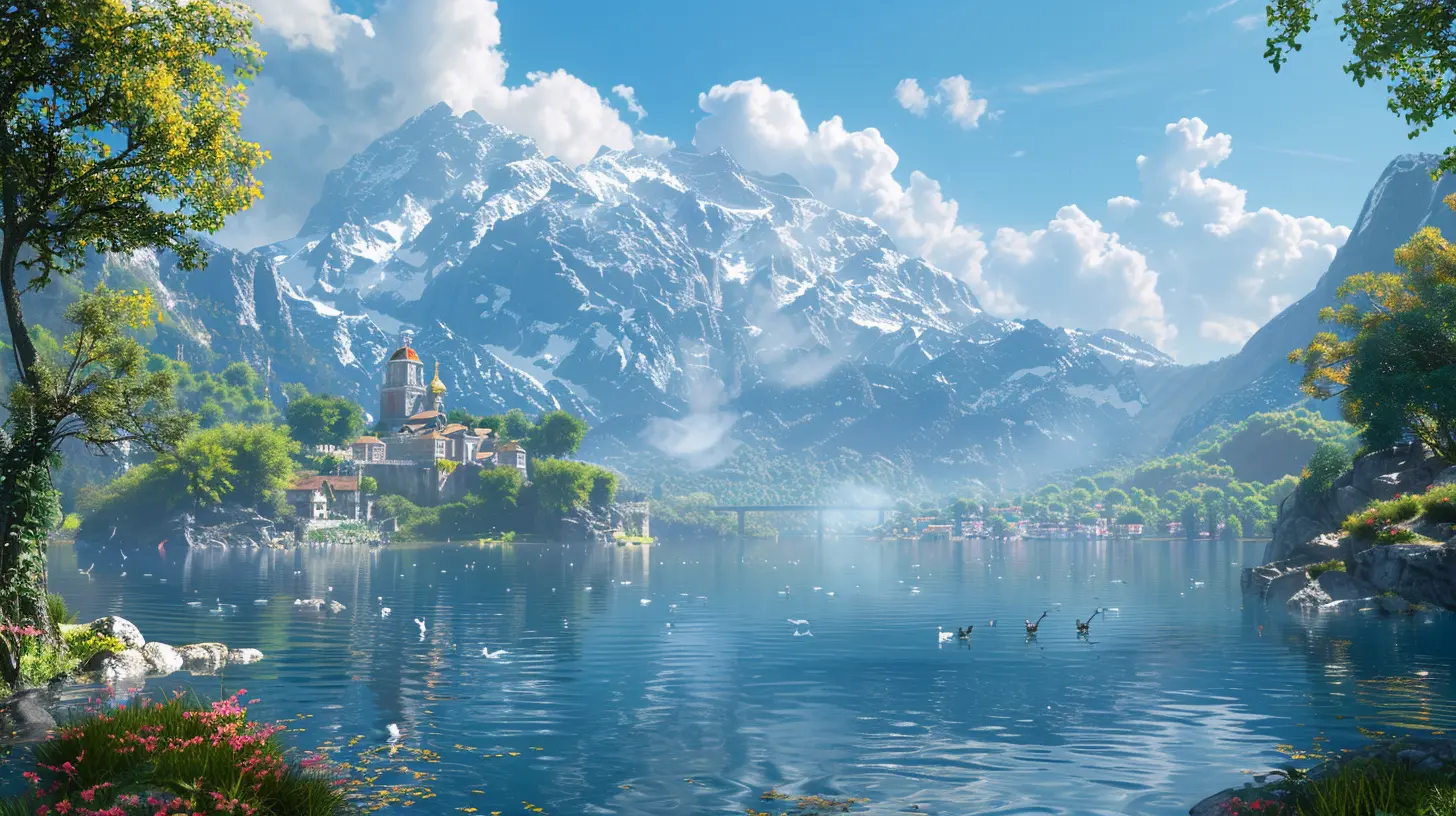
What Do We Mean by "Virtual Ecosystems"?
Okay, I know what you’re thinking. Ecosystems? Isn’t that a biology term? Well, yes. But in the gaming world, it’s a bit more nuanced. A virtual ecosystem refers to the interplay of all the systems, characters, creatures, environments, and mechanics that make a game’s world feel like it’s functioning independently of the player.In a robust virtual ecosystem, everything feels interconnected. NPCs (non-player characters) have daily routines. Animals hunt, graze, or flee based on real-world instincts. Weather patterns shift. Environments react to your actions, and sometimes, they even change permanently. It's almost like the game isn’t waiting for you to act — it’s operating on its own time.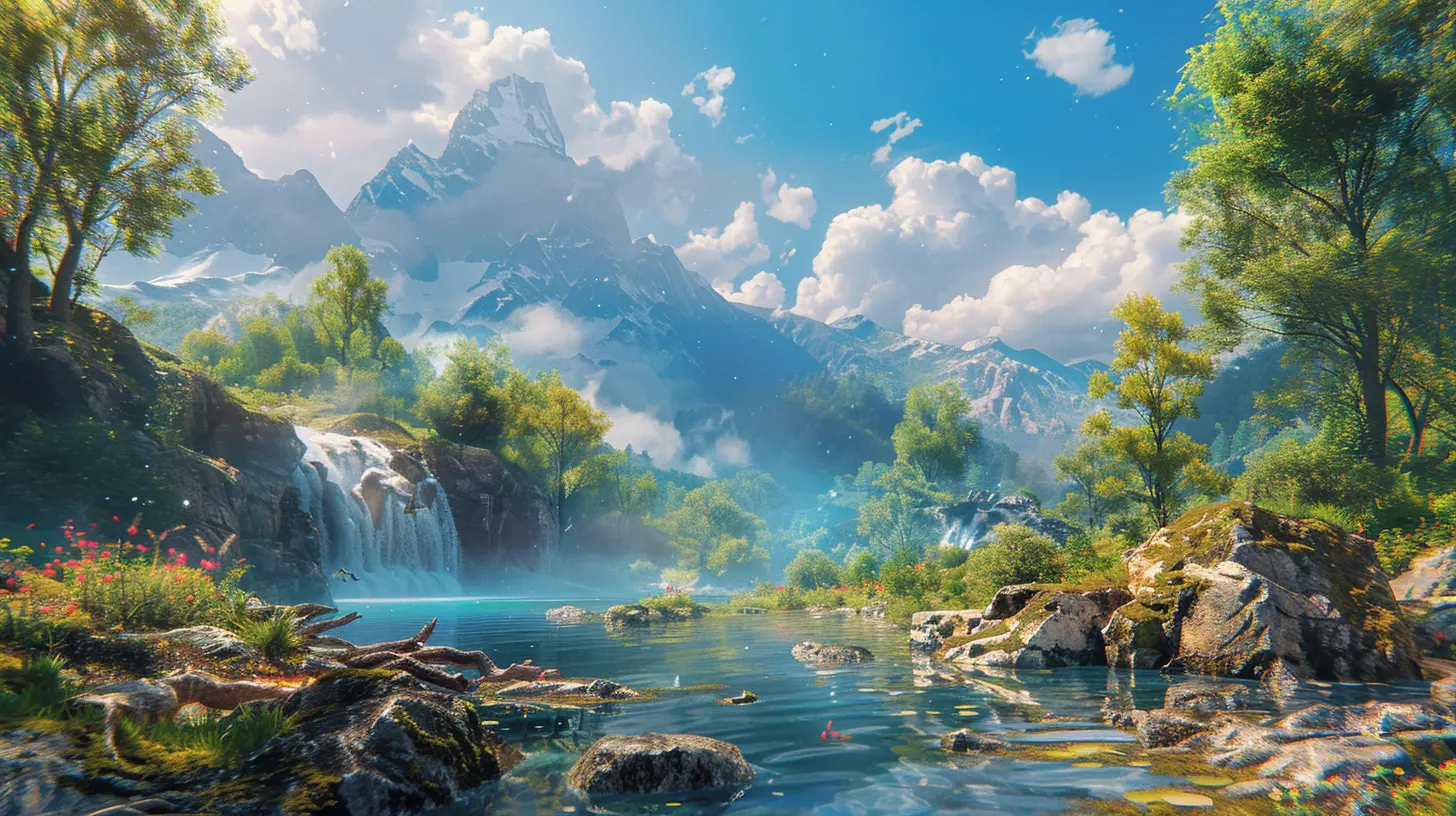
The Key Role of Open World Games in Shaping Ecosystems
So, why are open world games such a big deal when it comes to building virtual ecosystems? Let me break it down for you in a way that’s easy to digest.1. Dynamic Interactions Between Systems
One of the hallmarks of a successful open world game is the way its systems interact. For example, in Red Dead Redemption 2, the game’s ecosystem is stunningly immersive. Animals follow real-life behaviors: predators hunt prey, scavengers pick at leftovers, and herds travel together for safety. On top of that, weather and time affect their behavior.Now, let’s take this a step further. Imagine you, as the player, decide to hunt and kill too many deer in a given area. Over time, you’ll notice fewer predators in that region too, as their food source dwindles. This interconnected system doesn’t just make the game more engaging — it teaches players about balance. Actions have consequences, and that’s a powerful lesson.
2. AI-Driven NPCs and Wildlife
Artificial Intelligence (AI) has been a game-changer (pun intended) for virtual ecosystems. Take games like The Elder Scrolls V: Skyrim, where NPCs have their own schedules. Shopkeepers wake up, tend to their stores, and close up shop at night. They don’t just stand around waiting for you to interact with them. It feels real.Animals in open world games are taking it up a notch too. Games like Horizon Zero Dawn showcase AI-driven wildlife where robotic creatures behave based on survival instincts. Some will run from you, others will attack, and some will simply ignore you unless provoked. These nuances make the entire ecosystem feel organic.
3. Player Agency and Environmental Impact
Open world games thrive on giving players as much freedom as possible. Want to cut down trees, fish in a lake, or start a fire? Go for it. The cool part is that your actions often have a ripple effect.For example, in Breath of the Wild, you can start a wildfire by swinging a flaming sword at a patch of grass. This fire will grow and spread naturally, affecting nearby wildlife and even burning down enemy camps. This level of detail contributes to the authenticity of the ecosystem and makes you feel like you’re part of a living, breathing world.
4. Environmental Storytelling
Ever stumbled upon random ruins or abandoned campsites in a game and wondered, “What happened here?” That’s environmental storytelling, and it’s a cornerstone of open world games.Take The Witcher 3, for instance. The game is littered with clues about the world’s history. From haunting battlefield remnants to overgrown villages, every setting tells a story that fits into the greater ecosystem. You don’t just see the world’s ecosystems; you feel their weight and history.
Beyond Gaming: The Broader Impacts of Virtual Ecosystems
Now, here’s where things get really interesting. The influence of open world games goes beyond the gaming industry. They’ve set the stage for advancements in virtual ecosystems across other fields as well.1. Simulations for Research and Education
The same principles used to build ecosystems in open world games are now being applied in research. Want to study the impact of deforestation? Or how wildlife migrates when a habitat is altered? By mimicking real-life ecosystems in a controlled virtual setting, researchers can analyze data without physically disturbing the environment.2. Training AI Models
Open world games are helping train AI models to better understand complex systems. By studying how AI-driven wildlife or NPCs behave in these games, developers can create smarter, more adaptive AI for other applications. Think of it like practicing in a virtual sandbox.3. Inspiring Sustainability Awareness
Games like Subnautica and No Man’s Sky highlight the fragility of ecosystems. As players navigate hostile environments, they learn valuable lessons about conservation and resource management. These games subtly encourage us to think about our own world’s ecosystems and what role we play in them.Challenges in Creating Virtual Ecosystems
Of course, building these intricate ecosystems isn’t all sunshine and rainbows. Developers face some serious challenges.1. Balancing Realism and Fun: While ecosystems should feel realistic, they can’t be so accurate that they become tedious to interact with. After all, who wants to spend hours micromanaging deer populations in a game?
2. Technical Limitations: Simulating lifelike ecosystems requires immense computing power. Balancing high-quality graphics with seamless interactions is no easy feat.
3. Player Impact: Sometimes, players act chaotically (you know, setting towns on fire just because they can). Developers have to account for this unpredictability without breaking the ecosystem.
Final Thoughts
At their core, open world games are more than just entertainment. They’re technological marvels that showcase the intricate dance of virtual ecosystems. Whether it’s teaching us about balance, inspiring critical thinking, or simulating real-world scenarios, these games have proven they’re more than pixelated playgrounds — they’re shaping the future of digital environments.So, the next time you’re wandering through a virtual forest or marveling at a simulated sunrise, take a moment to appreciate the work that went into creating that ecosystem. It’s not just a game. It’s a glimpse into the future of virtual design and environmental understanding.
all images in this post were generated using AI tools
Category:
Open World GamesAuthor:

Jack McKinstry
Discussion
rate this article
13 comments
Skye Long
What a fascinating read! Your insights into how open world games shape virtual ecosystems are both thought-provoking and inspiring. It's incredible to see how these digital landscapes foster creativity and community. Looking forward to more engaging content like this!
February 2, 2025 at 5:53 PM

Jack McKinstry
Thank you for your kind words! I'm glad you found the insights engaging. Stay tuned for more content!
Petra Butler
Great insights! Open world games truly enhance virtual ecosystems, fostering creativity and exploration. Excited to see how they continue to evolve and inspire gamers!
January 30, 2025 at 5:55 AM

Jack McKinstry
Thank you! I'm glad you found the insights valuable. The evolution of open world games indeed paves the way for limitless creativity and exploration. Exciting times ahead!
Vireo Kline
Open worlds: nature’s playground for digital survival strategies.
January 28, 2025 at 4:18 AM

Jack McKinstry
Thank you! Open worlds indeed allow players to explore and innovate survival strategies, enriching the virtual ecosystems we create.
Daniel McMaster
Open world games serve as intricate ecosystems, blending narrative and gameplay. They encourage players to explore, interact, and influence their environments, mirroring real-world dynamics. This immersion fosters deeper connections to both the game and its underlying themes of coexistence.
January 23, 2025 at 5:51 PM

Jack McKinstry
Thank you for your insightful comment! Indeed, open world games create immersive experiences that reflect real-world dynamics, allowing players to engage deeply with both gameplay and narrative.
Rachel McCullough
This article delves into a fascinating aspect of open world games! It’s intriguing how these virtual ecosystems mimic real-world interactions and relationships. I’m curious to explore how developers balance realism with gameplay, and how player behavior influences these dynamic environments. What insights can we gain from this?
January 19, 2025 at 3:30 AM

Jack McKinstry
Thank you for your insightful comment! Developers often prioritize immersive gameplay while integrating realistic elements, creating a balance that enhances player engagement. Player behavior significantly shapes these ecosystems, providing valuable insights into human interaction and community dynamics within virtual spaces.
Jax Barrett
This article raises fascinating questions about how open-world games shape virtual ecosystems! I'm curious about the specific mechanics that contribute to ecological balance within these worlds. How do developers ensure player choices impact the environment? Looking forward to exploring the intricate connections between gameplay and ecosystem development!
January 14, 2025 at 4:16 AM

Jack McKinstry
Thank you for your interest! Developers implement mechanics such as resource management, dynamic weather systems, and wildlife interactions to create an ecological balance. Player choices directly influence these systems, leading to varied ecosystem outcomes and encouraging exploration of consequences within the game world.
Ulrich McLoughlin
Great insights! Open world games truly shape immersive virtual ecosystems.
January 12, 2025 at 6:01 AM

Jack McKinstry
Thank you! I'm glad you found the insights valuable. Open world games indeed create rich, immersive experiences that mirror real-world ecosystems.
Desiree McCaw
Open worlds enrich player interaction.
January 8, 2025 at 4:48 AM

Jack McKinstry
Absolutely! Open worlds facilitate diverse player interactions, fostering community engagement and enhancing the virtual ecosystem's richness.
Vaughn Hamilton
Open worlds enhance player agency and immersion.
January 5, 2025 at 3:58 PM

Jack McKinstry
Absolutely! Open worlds provide players with freedom to explore, make choices, and engage with the environment, significantly boosting both agency and immersion in virtual ecosystems.
Kiera McLaury
Great article! Open world games truly create immersive environments that mimic real ecosystems, allowing players to explore, interact, and learn about nature in a fun and engaging way!
December 30, 2024 at 5:12 AM

Jack McKinstry
Thank you! I'm glad you found the article insightful. Open world games do indeed offer unique opportunities for players to connect with and understand nature.
Isadora Forbes
This article provides insightful perspectives on how open world games foster engaging virtual ecosystems, highlighting their significance in both gameplay and community interaction. Great read!
December 26, 2024 at 4:42 AM

Jack McKinstry
Thank you for your thoughtful comment! I'm glad you found the article insightful.
Alana McGuffey
Open worlds redefine interactive virtual experiences!
December 25, 2024 at 4:25 PM

Jack McKinstry
Absolutely! Open worlds foster immersive interactions, enhancing player agency and enriching virtual ecosystems.
Carly Moore
Open world games masterfully create immersive ecosystems, yet their success hinges on balancing player agency with meaningful environmental interactions and narrative depth.
December 25, 2024 at 5:57 AM

Jack McKinstry
Thank you for your insight! Striking the right balance between player agency and environmental interactions is indeed crucial for creating a rich, immersive experience in open world games.
MORE POSTS
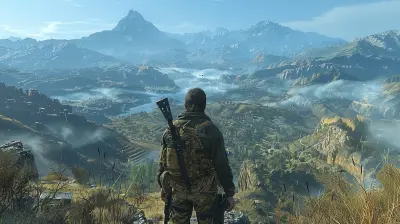
Why Open World Games Are Dominating the Gaming Industry

Creating Your Own Myth: How to Shape Your RPG World

Creating the Ultimate Work-Life Balance in Time Management Games

Immersive Simulators Ready for Their Big Release
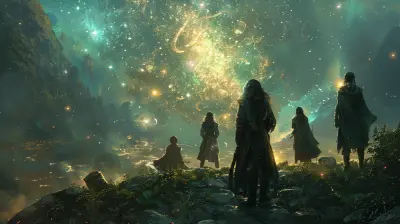
The Rise of Indie Fantasy RPGs: Hidden Gems for True Fans

Analyzing Famous Strategy Game Battles: Lessons Learned

History-Inspired Titles You Can't Miss

Beginner's Guide to Dominating Time Management Games

The Realism in PlayStation Exclusives: From Facial Animation to Physics